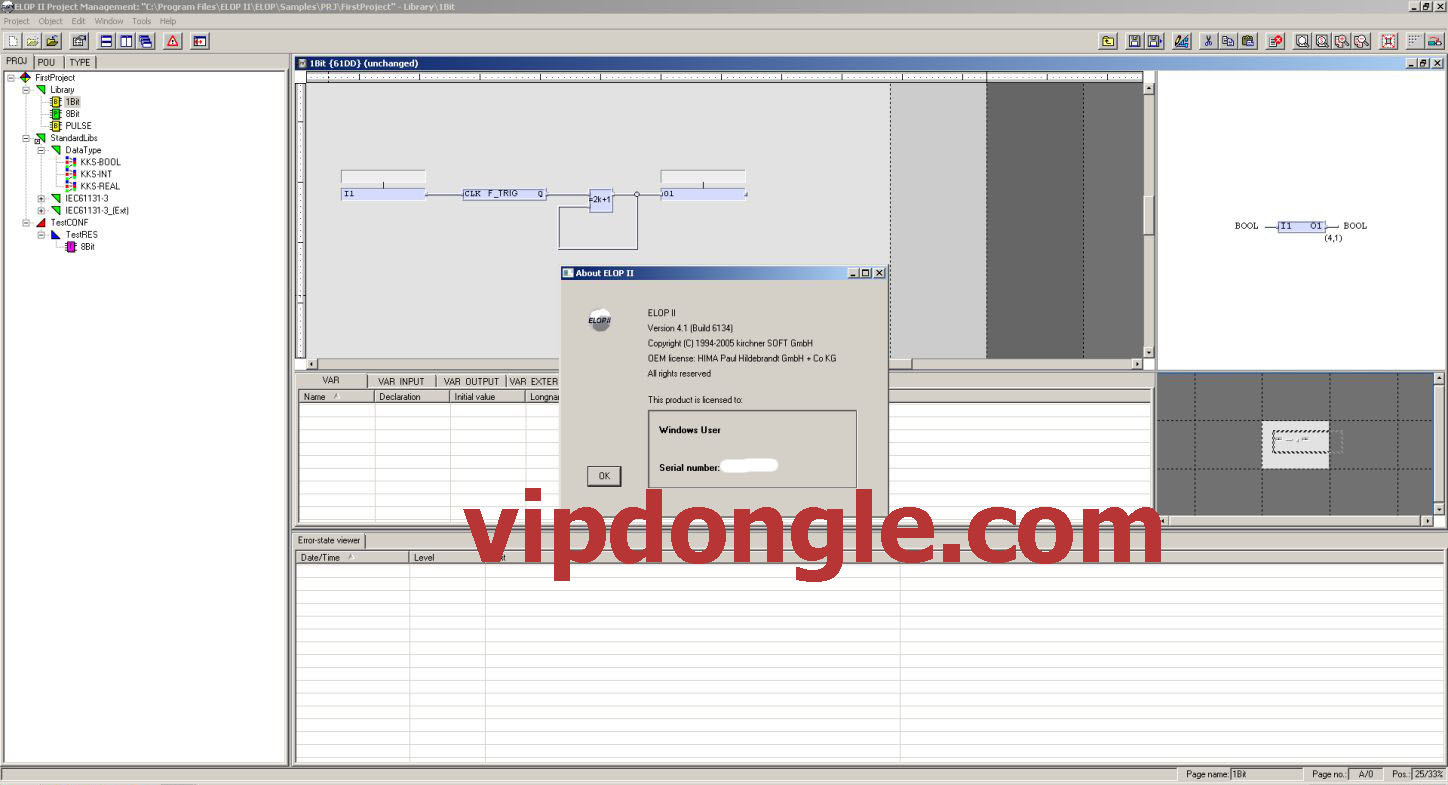Presonus Orchestral Collection Keygen Crack Download
Ewqlso Gold Library Serial Number >> EWQL.Symphonic.Orchestra.Gold.KellysMusicAndComputers.com Save.on.EWQL.Symphonic.Orchestra.Gold.Kelly's.Music.&.Computers.will.run. Kiss the rain piano chords.
Studio One is breaking ice again by being the first DAW to integrate a console shaper deeply into its system, bringing an analog mixing desk experience into the digital world. By Alex Arsov, Mar. 2017 A Revolution in a Zoo I’ve been expecting this for years, and I’m not sure why no-one has tried to integrate anything similar into any other DAW before. A while ago, when I was visiting my friend – one of the best mixing engineers and producers in our country – I asked him what the secret of his sound was. He surprised me with a question: “You know which is my favorite effect?” I said: “Yes, distortion.” (He had mentioned that on several occasions.) “So, basically, I slightly distort every sound through my hardware mixing console.
It adds an analog distortion, which is so pleasant, giving that special character to almost every sound. That’s why I’m still using that old mixing console.” I instantly thought, this is something that every DAW should have.

Lately I got hold of CTC-1 from Presonus and I’m sure that similar plugins will become a standard part of every DAW sooner or later. Until then, Presonus is the first in the field. What Is It All About? CTC-1 is totally integrated inside Studio One, so you can’t use it on any other DAW. Although there have been a number of plug-ins that emulate console bus and summation behavior in the last few years (examples: third party add-ons from the likes of Slate and Waves, DAW enhancements from Cakewalk), this one is different. All those others are implemented as insert plug-ins. CTC-1 is directly integrated into the software bus/mixer processing.
So, there are some similarities with console emulation plug-ins, but CTC-1 is not the same thing as plug-in implementations. It works through bus channels and on the main output (not on all, just the ones you select). It is not a standard insert plug-in because Studio One has added an option on all buses and output channels to insert the so-called Mix effects that are inserted into a separate slot in the insert rack. All effects inserted in the Mix slot are processed on all channels that are connected to this particular bus.
So, when you put an instance of CTC-1 onto any bus, it affects every channel separately inside the bus and not directly the bus itself. CTC-1 emulates three different mixing consoles. First is the Classic British console, which adds a bit more weight to the bottom end, then the Vintage Tube console with a slightly boosted mid-range, and finally the Custom Analog console, where the Presonus team took the best parts from both consoles and made their own. At first I chose only one for the whole song, presuming that old mixing engineers also worked with just one, real console but somehow I didn’t like the end result, as there were no big distinguishing characteristics between guitars, bass, drums and vocals. So, I decided to try an “idiot approach”, using different consoles on various bus channels, and was somewhat more pleased with result. I added Classic British on drums, trying the same on bass, but I found that although it gives a more rounded low end on bass it suddenly loses definition on small speakers. So I tried Custom Analog, since it more or less leaves the signal as it is, just adding its magic.
 Intelligent options save time and prices once engineering the systems, and facilitate avoid operational errors. ELOP II guarantees untroubled coming up with and configuration of hardware and communication and makes programming, designation and documentation straightforward. Hima Elop II Factory 4.11 Hardlock Dongle Clone/ Emulator / Crack Hima Elop II Factory 4.11 Test with Hardlock Dongle Clone Communications software ELOP II is that the economical engineering tool for the whole life-cycle of H41q/H51q systems.
Intelligent options save time and prices once engineering the systems, and facilitate avoid operational errors. ELOP II guarantees untroubled coming up with and configuration of hardware and communication and makes programming, designation and documentation straightforward. Hima Elop II Factory 4.11 Hardlock Dongle Clone/ Emulator / Crack Hima Elop II Factory 4.11 Test with Hardlock Dongle Clone Communications software ELOP II is that the economical engineering tool for the whole life-cycle of H41q/H51q systems.
Then I processed guitars and synths with Vintage Tube and used Classic Analog on vocals. A few tweaks on all three consoles and I got my starting points for the whole project.
I was never good on details, specially on those that only some selected gurus can hear, but the end result was noticeable better. CTC-1 adds bite to all songs. Guitars, drums and all instruments sound snappier. In rock production guitars suddenly start barking. CTC-1 finally gives me an answer as to why all big studio guitars and drums are so much more vivid and aggressive in some way. Not a million miles of difference, but still noticeable enough to hear how everything gets some additional drive. When I asked for this one I was afraid to ask myself what if this would be another one of those things that draws a smile on an experts face, explaining what a big difference they hear while stupid ignorant me hears nothing.